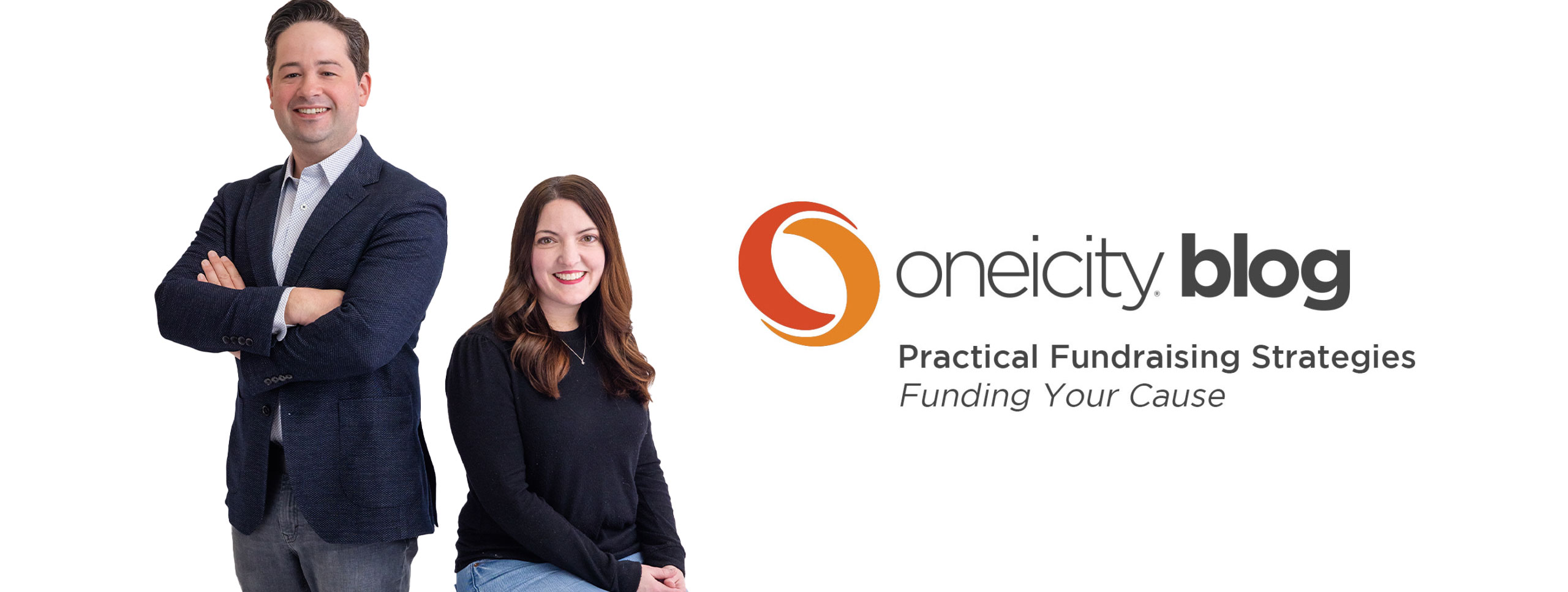Logic and reason kills direct mail fundraising, online fundraising and in-person fundraising. I have to confess it makes me giddy imagining how irritating that sounds to a few of you. Sorry, I’m not more mature about it.
Instead of reason or logic, go with emotion. Tell the story of a real person. Show the life they live. Get my attention with emotion. Grab my heart by the throat.
Some people think that emotion creates bad fundraising. Or unethical fundraising. Or worse, not as sophisticated as good old logical, rational, well-reasoned statements of need.
That’s wrong. Don’t take my word for it, listen to a scientist:
“The essential difference between emotion and reason is that emotion leads to action while reason leads to conclusions.”
—Daniel Calne, Neurologist
Action. That’s what you want right? You need a donor to support your cause. Or for a non-donor to step up and join your mission with their first gift. Or for someone to draw closer to the heart of your work.
Conclusions? Well conclusions bring discussions and opinions but not necessarily a decision to act. Even if you make your case logically and rationally and the prospective donor agrees, they still haven’t acted. Maybe they will. Or maybe another worthy cause will come along and get them to act with their emotion-based appeal.
Don’t be fooled into thinking “investment” language or carefully reasoned cases will help you change the world. Emotion, belief and passion change the world and pay the bills.
I know, I know. This can go too far. But candidly, the risk isn’t that you’ll go too far with emotion. The risk is that you’ll chicken out. Right?
The real risk with relying on logic and reason is that you won’t make budget. You won’t grow. That’s the danger of basing your fundraising on reason.
To help you along, here are 3 ingredients necessary for helping you increase the emotion in your fundraising:
1. One. Focus intently on 1 person they will help (I don’t do environmental or animal rights fundraising, you’ll have to adapt for your niche). The more numbers you bring into the mix, the more you reduce their ability to “feel” their decision. The donor must know whose life they’re changing: what they look like, what they sound like, what their story is. That leads to change.
2. Cause. Give me a wrong to right. A barricade to storm. A drum to bang. March around. Invite the donor . . . no, incite the donor to feel the wrong. Show us your vision like a banner to rally under. Help us know what it’s like to be hungry, homeless, abused, alone, lost. Help us imagine what it will feel like to have righted the great wrong.
3. Warmth. Make your leader warmer. More real. More like someone we’d want to have coffee with. (This is really important if your leader isn’t this way in real life.) Whoever is the “face” of your work must be likable, accessible and authentic (or at least appear that way . . . Hey, we all work in the real world). Resumes won’t win the donor’s heart; personal passion will, authenticity will.
A little more encouragement for you as you consider this emotion-thing for fundraising:
There are about 1.5 million nonprofits in the US. That’s a lot of competition for your donor’s attention. Emotion cuts through noise. And sticks in their minds (and hearts). Tell me a story packed with heart not stats. It’s funny how stories stick, I told a story in a blog a few months ago about a man I met that had a lived in a storm drain outside of Las Vegas. I’ve had more people ask me about that man and that story than anything I’ve written about in a while. People remembered because of the story.
In a 2006 study, Yankelovich found 92% of Americans agree with the statement “I trust my instincts,” while only 24% agree with “listening to experts.” “Trusting instincts” is an emotional reaction. Facts, logic and reason are on the “expert” side of the brain. That’s not where the action is (literally). Do you really want to ignore that? I don’t think so.
You’re right to be nervous about emotion. It’s powerful and a wee bit dangerous. It’s a raw force. Emotion cannot be commodified, counterfeited or perfected. Its very imperfection generates unlimited power.
And it’s not lost on me that I’m using some logic and reason to persuade you. Yep. But with emotion mixed in. Which is really the very best way to use emotion. Emotion, supported with some logic or facts, becomes a powerful force. That creative strategy gives the logical side of our brains a handle to hang onto while the emotion is doing its thing.
So, how does this feel ? I’d love to know what you’re reaction is. As always, I love hearing from you.
st
![]()
Steve Thomas
Partner, Oneicity
(photo credit: photoloni)

